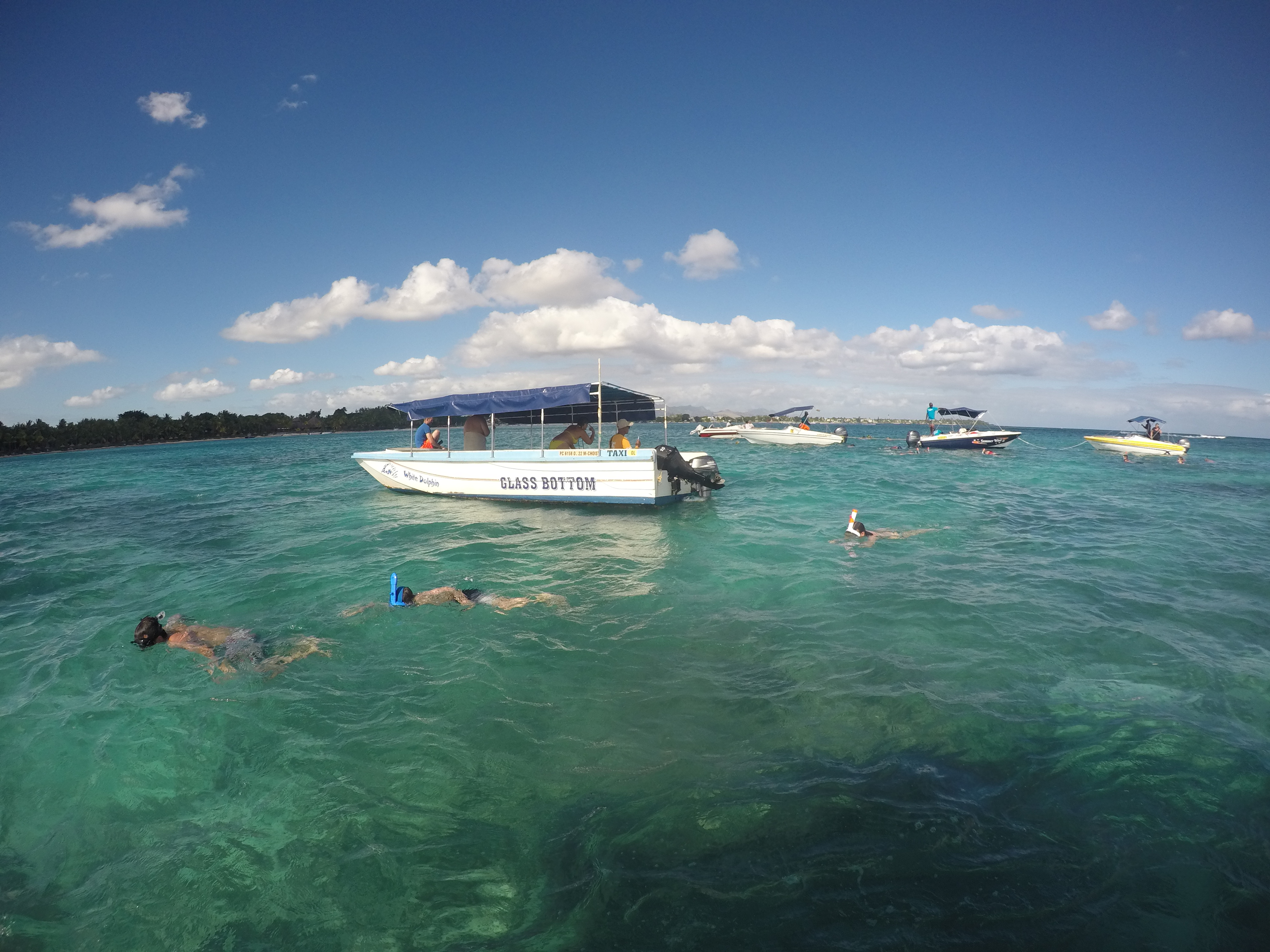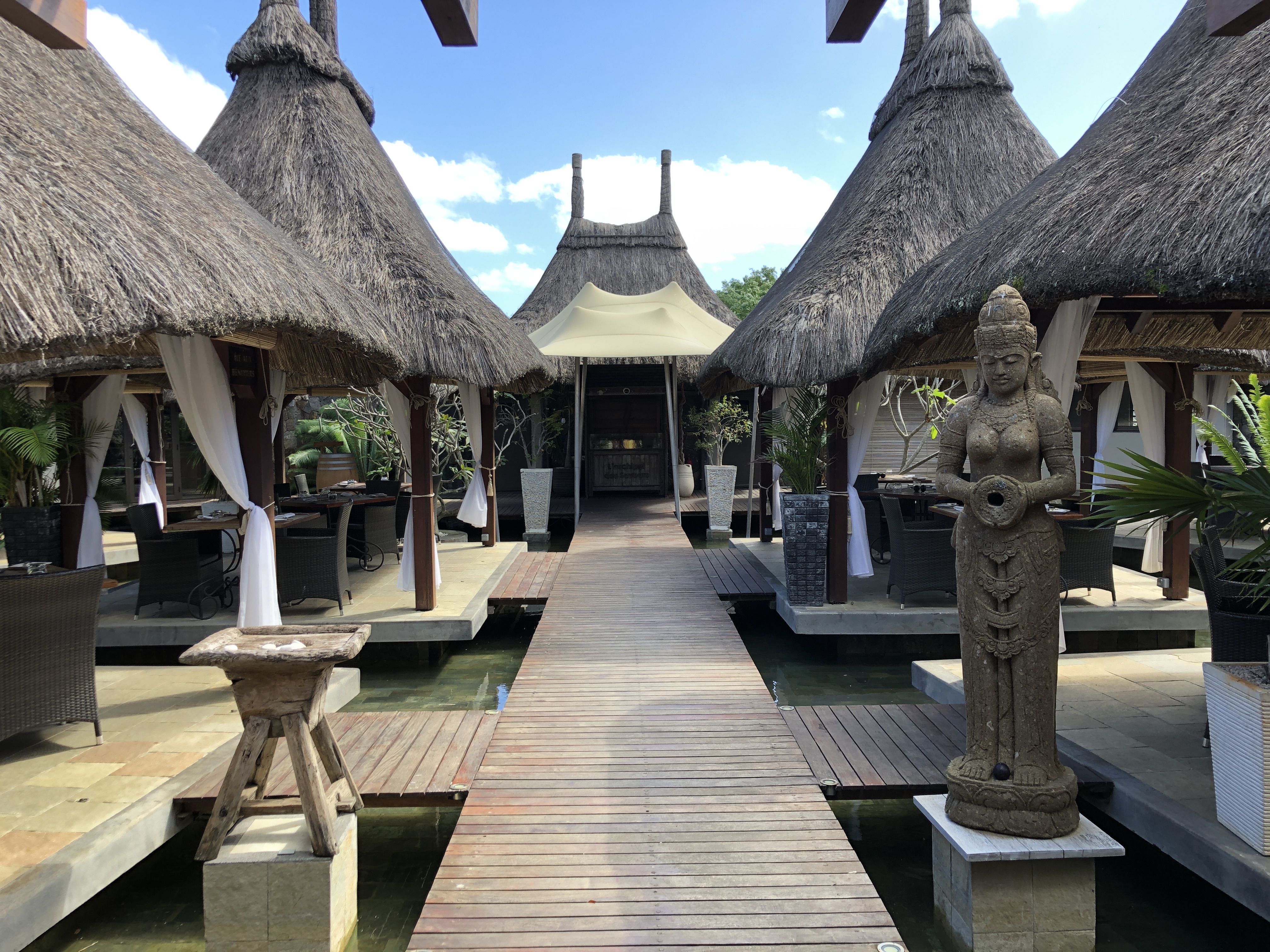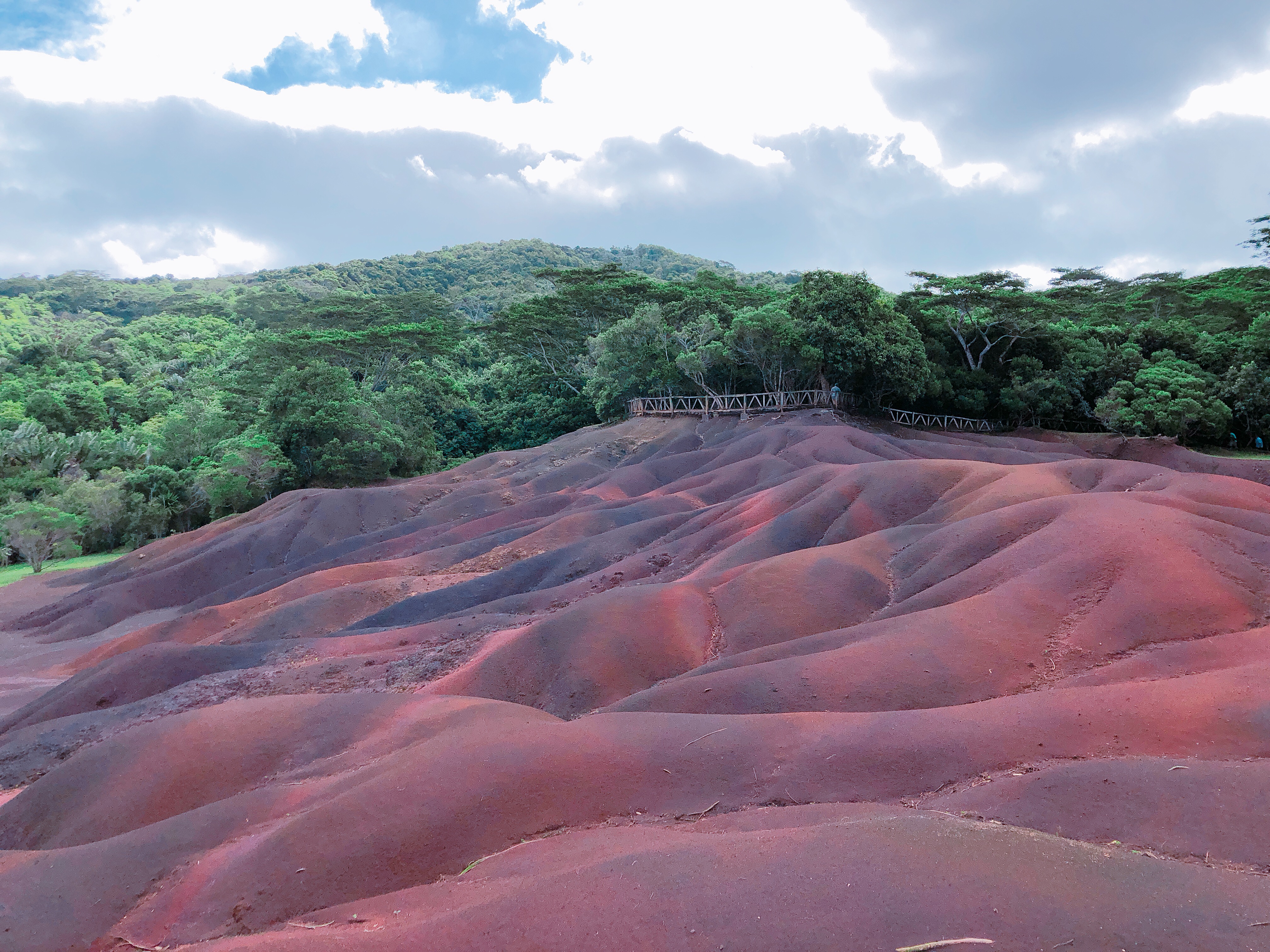
Mauritius’ tourism industry started in the north, and today there’s plenty on offer for visitors. Although most of the area’s spectacular beaches have been claimed by hotel construction and became privatised, it is never hard to get away from it all and discover the little nooks that remain largely untouched by development.

Grand Baie is the eye of the tourist storm, boasting Mauritius’ best nightlife and some of the island’s best restaurants. The small beachside villages around Grand Baie are quickly developing in a similar fashion. One of our favourite beaches to swim at is Trou aux Biches, alongside with Pereybere.
Trou aux Biches

At Trou aux Biches, it is easy to find someone with a boat to go out to sea. They offer tours to swim with turtles and dolphins in the lagoon. For the dolphin tour, the boat has to travel further so it is more expensive. We opted for the turtles boat tour, just the two of us, one guide and one boatman for a one hour ride. It cost 1500 rupees for us, ~S$57. We were joyful to have spotted some turtles and had the chance to swim alongside with them.


Afterwards, we proceeded to a quiet, secluded beach at Pereybere, as recommended by our guide. There were no tourists in sight and we had the whole beach to ourselves. There were some private apartments and one man walking his dogs along the beach. Other than that, we were eft undisturbed.

The inland plain of sugarcane fields, filled with piles of volcanic boulders – is known as Pamplemousses and gently slopes towards the sea. Here you will find the wonderful Sir Seewoosagur Ramgoola Botanical Gardens and the popular l’Aventure du Sucre – a museum dedicated to Mauritius’ traditional colonial export.
Sir Seewoosagur Ramgoola Botanical Gardens

The botanical garden is home to the some beautiful botanical species in the world. This grand old lady will be 300 years old in 2029. It is the oldest botanical garden in the southern hemisphere. The famous giant waterlilies ‘Victoria Amazonica’ were discovered by a German horticulturist in Amazonia. He dedicated them to Queen Victoria. They were later introduced to the botanical garden in Mauritius in 1927. It can hold the weight of a baby, reaching up to 3m in diameter.
With an amazing collection of 85 types of palm trees, such as bottle palms, royal palms to the talipot palm which blooms every 40 years or so and then dies, there are many different types of plants to check out.

For those interested in animals, this gardens has a few to entertain the children. The deers were introduced by the Dutch. They have a large enclosure to run around and sometimes you can see the males fooling around with their antlers.

Most of the Mascarene Island’s tortoises are cousins so their ancestors are a little difficult to trace. They possibly hail from Aldabra, near Seychelles.
By the start of the 19th century most of the Indian Ocean’s giant tortoises were virtually extinct. These giant tortoises can cross oceans by riding waves like a raft and stay adrift for weeks.

Opening hours: 8.30 am to 5.30 pm from Mondays to Sundays
Entrance fee to the gardens: 200 rupees (~S$7.60) for non-residents.
Cap Malheureux
The northern edge of Mauritius has stunning views of the outlying islands off the coast and beyond. Although it feels like a backwater town today, ‘Cape Misfortune’ (thus named for the number of ships that crashed onto the rocks there) is a place of historical importance in Mauritius. It was here that the British invasion force finally defeated the French in 1810 and took over the island.

A little past the cape lies the minuscule fishing village also known as Cap Malheureux, with its much photographed church, especially popular among Chinese tourists. The red-roofed Notre Dame Auxiliatrice is worth a quick peek inside for its intricate woodwork and a holy-water basin fashioned out of a giant clamshell. You can attend mass here if you happen to be around the area at 6pm on Saturday or 9am on Sunday.


